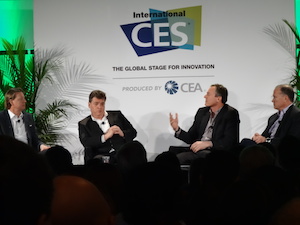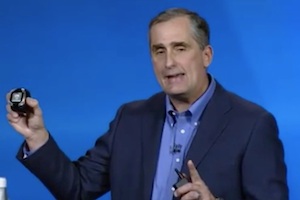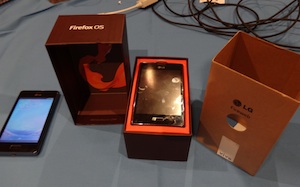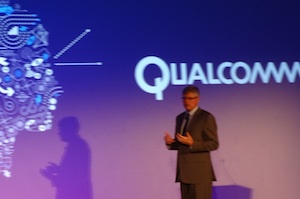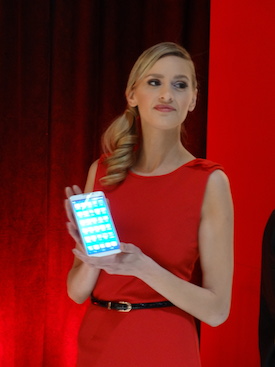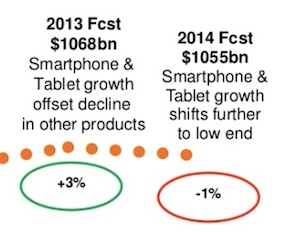After hitting bottom, the only way Blackberry can go is up

I was dead, but I got better.
Blackberry is salvaging something out the wreckage of its mobile phone business, by porting its BBM chat service – formerly Blackberry Messenger – to the iOS and Android platforms. And it’s claiming a fair amount of success. According to a spokesman at this evening’s Showstoppers CES press, Blackberry has doubled its BBM user count – going from 40 to 80 million users worldwide – in the two months or so since it launched its iPhone and Android apps.… More

